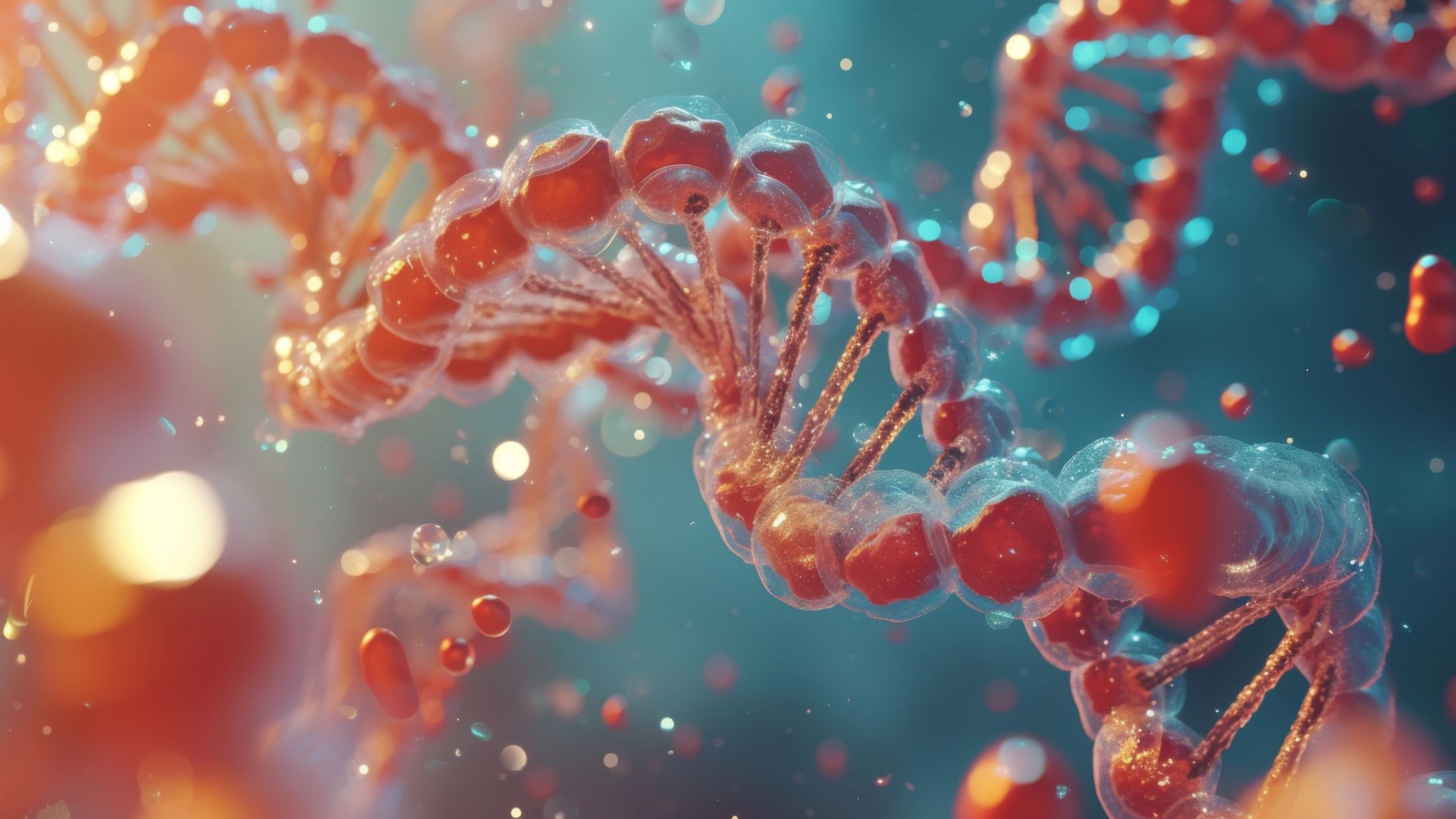
An international team of scientists has sequenced the whole genome from an adult male Egyptian who lived between over 4,500 years ago - a few centuries after Egyptian unification, bridging the Early Dynastic and Old Kingdom periods.

A team of researchers in the UK has started an ambitious new scientific project: to create an artificial human genome entirely from scratch.

A small, seemingly unremarkable fern that only grows on a remote Pacific island was on Friday crowned the Guinness World Record holder for having the largest genome of any organism on Earth.

To build the pangenome, scientists used data from the 1000 Genomes Project, which included participants from across ethnic groups. The development is a landmark in genomics.

The study used whole genome sequencing to examine the entire genomes of over 7,000 individuals with autism. The team found 134 genes linked with ASD and discovered a range of genetic changes.

Scientists have filled in millions of missing pieces of human DNA, yielding the most complete, gapless sequence of the human genome ever produced, bar one tiny chromosome.

A new U.S. study challenges prevailing understandings of genes as immutable features of biology that are fixed at conception and founds that poverty leaves a mark on nearly 10 percent of the genes in the genome.

Scientists have succeeded in generating a new type of embryonic stem cell that carries a single copy of the human genome, instead of the two copies typically found in normal stem cells. These are the first human cells that are known to be capable of cell division with just one copy of the parent cell

The first atlas of the surface of the human brain based on genetic information has been produced by a national team of scientists, led by researchers at the University of California, San Diego School of Medicine and the VA San Diego Healthcare System.

A hidden, never-before-recognized layer of information in the genetic code has been uncovered by a team of scientists at the University of California, San

(PhysOrg.com) -- Oxford University spinoff company, Oxford Nonopore has announced at this year’s Advances in Genome Biology and Technology conference in Florida, two new machines for sequencing genes. Of particular note is the MinION, a machine small enough to fit in the hand which can be plugged into a laptop’s USB port. The other, the GridION, is a larger version that can be stacked to increase processing power. Both rely on a technology known as strand sequencing whereby a nanopore (engineered protein) is used to pull strands of DNA through a hole where a microchip measures minute changes in the electrical current in the membrane around it as individual bases, or pairs are pulled through. Because of the way it is done, much longer sections of DNA can be examined at once, doing away with the need to examine small sections independently and then knitting the results together with a computer afterwards.

Life Technologies Corporation announced Tuesday that it is taking orders for its new benchtop Ion Proton Sequencer, designed to sequence the entire human

(PhysOrg.com) -- For the first time, scientists have developed a method for generating accurate three-dimensional models of the entire DNA strand of a cell, known as a genome.

Scientists have identified the genetic sequence of an unprecedented 28,000 structural variants -- large portions of the human genome which differ from one person to another. The work could help find the genetic causes of some diseases and also begins to explain why certain parts of the human genome change more than others.